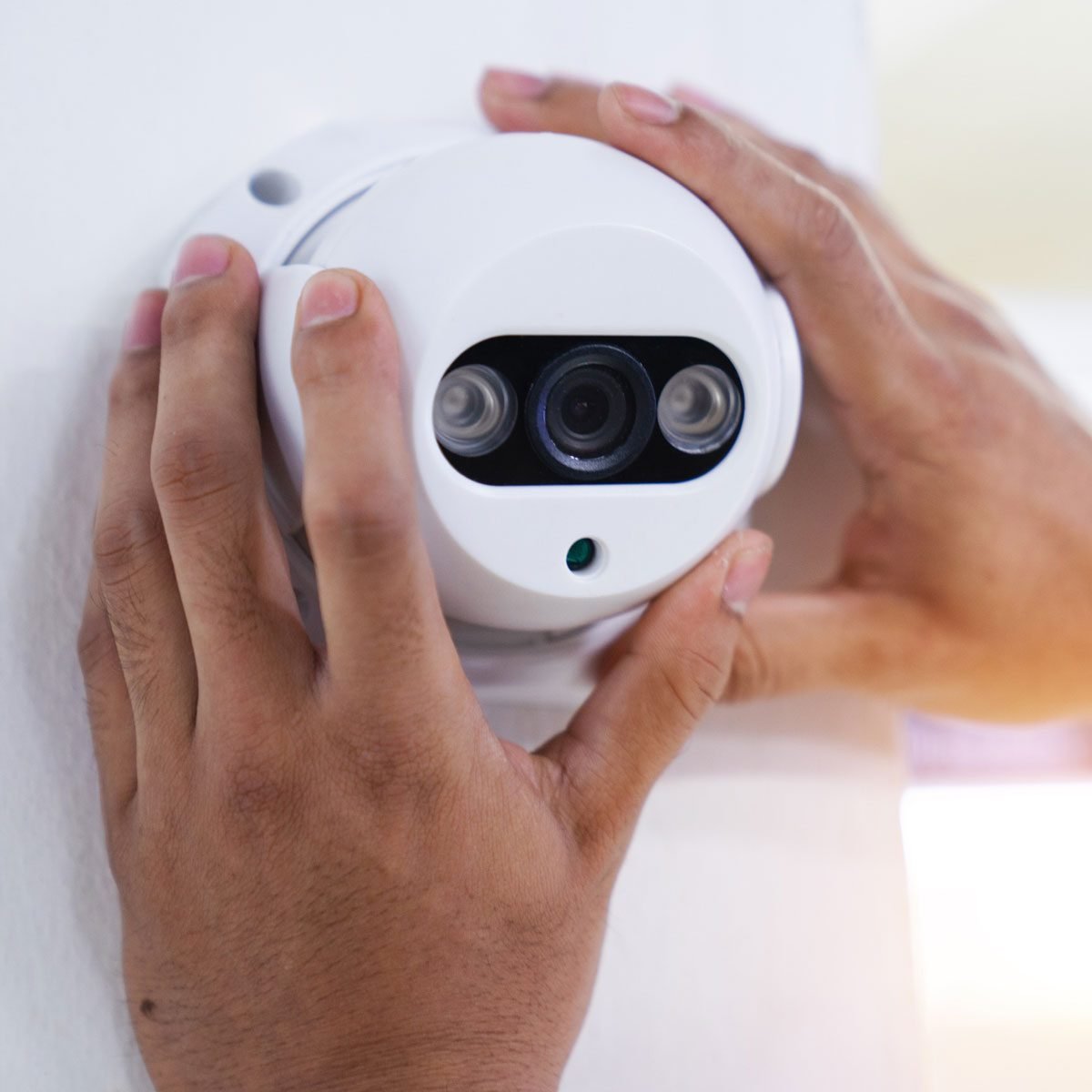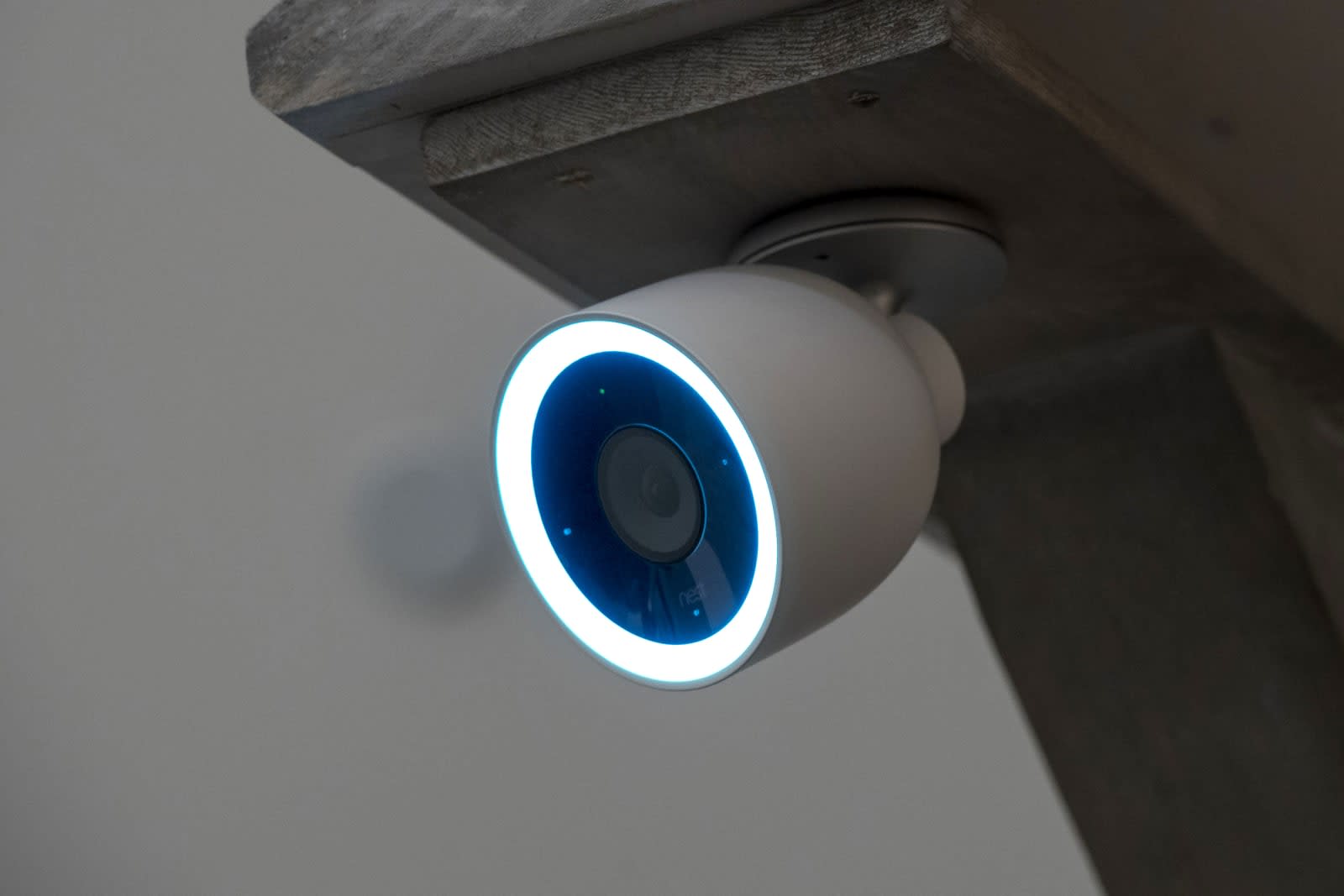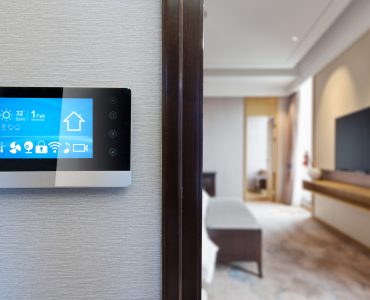There is no need to mention how an outdoor security camera is seen as one of the most professional and efficient tools for home protection. But, you don’t always need to depend on experts to drill a hole and install that camera for you. What if you could do it yourself?
Start by Placing the Camera
- For optimal security, aim the camera at a place of interest. Front entrances, rear doors, garages, and first-floor windows are all potential targets for a security camera. Choose a location where your security camera can see a subject of interest clearly. For instance, you may take into consideration the fact that more than 80% of robbers enter through first-floor doors. Plus, if you want to observe who is at the door before you answer it, install a security camera above the front door.
- Install the camera where it will have the most field of vision. Install cameras with a tighter field of vision, tilted from 45 to 75 degrees, facing a door or above a garage in an outward-looking driveway. Place cameras with a wider field of view, ranging from 75 to 180 degrees, at a location where you can see everything, such as a building corner. Consider any barriers that will hinder your camera’s vision and choose a location with the fewest obstructions. If your camera rotates, follow the manufacturer’s positioning instructions to gain the maximum field of view.
- If feasible, place the camera at least 9 feet (2.7 meters) above the ground. This makes tampering with the camera difficult for anyone under 6 feet (1.8 m) in height. If your main purpose is to prevent would-be crooks or invaders, make sure the camera can still be seen by anybody approaching your house or company. If you can’t attach the camera at least 9 ft (2.7 m) from the ground, try putting it in a difficult-to-reach or concealed location.
- If the camera is connected, place it in a location with easy access to a power supply. Choose a place for the camera where you will have easy access to a power outlet. Make sure the electrical outlet is either high up or on the other side of a wall, out of reach of trespassers.
- If you’re planning to put a power wire through a wall, choose a location where you can securely drill through the wall. This includes avoiding any areas where there are existing wires or pipes running on the opposite side that you may drill into accidentally.
- Oh and never utilize a power source that can be switched on and off with a switch. These can easily be switched off by mistake, rendering your camera ineffective.
Now, It’s Time to Install the Camera

- Climb a ladder to reach the location where you will mount the camera. Hold the camera in the location where you intend to put it and mark the location with a pencil or marker where you will drill the hole for the wire.
- Use an electric drill with a drill bit that is slightly bigger than the wire’s diameter. Drill a hole for the cable through the wall gently and cautiously. If you’re unsure whether there are any more wires or pipes inside that section of the wall, drill only through the exterior layer at first. Then, like a coat hanger, insert a piece of wire through the wall to feel for any obstacles.
- Tape a straightened metal coat hanger to the wire and push it through the hole to feed the wire through. As an alternative to the coat hanger, draw the chain of a glow rod through the hole with a magnet and attach the wire to the chain to drag it through.
- Hold the camera in position and mark the locations of the screws using a marker or pencil. This will make it easier to align the camera when it is finally attached to the surface.
- Your security camera will arrive with all of the essential installation hardware and instructions. Hold the camera in position and use a drill to fasten it to the surface if it has screws. If your camera has an adhesive strip, remove the backing and attach it in place.
- Many security cameras include a ball and joint that allows you to precisely angle it. Position the camera to achieve the desired view.
Then, if your camera has a power cord, plug it in, or follow the instructions to turn on your camera and connect to your wireless networks if you have a wireless camera. Because each wireless model is unique, it is vital to carefully follow the manufacturer’s instructions in order to connect them correctly.
And, there, you have your outdoor security camera installed once and for all.




